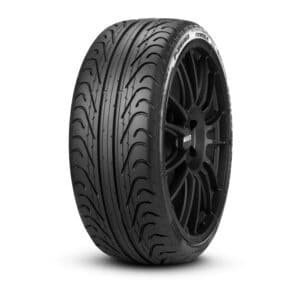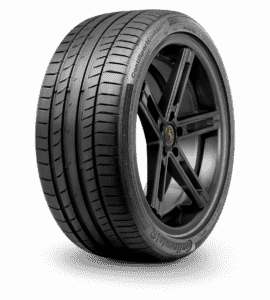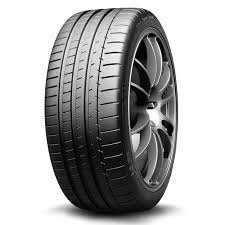Designing of an item relies upon its utilization and spot of use. The same sort items which are being utilized in various conditions have a few contrasts. These distinctions may lie either in building material or in structure. The same is the situation with the levels of racing vehicles and ordinary vehicles. There are various tyres like Michelin Pilot Super Sport, Pirelli P Zero Corsa System, etc.
Tire life is a significant worry for everyday use vehicles, we as a whole need dependable tough tires for our vehicles. All in all, an existence of 80000 Kms is normal from a typical street level, then again for a racing car level, it is just 300 Kms. Typical vehicles shouldn’t run with the rates, which are practically identical to racing cars. Ordinary vehicles need to run in practically a wide range of territory, then again racing cars need to run on exceptionally structured tracks. While running at a fast hold on a superficial level, it is absolutely critical to a racing car’s vehicle. Typical vehicle levels are made of sturdy material like elastic, overwhelming steel or Kevlar plated spiral employs. Then again, racing cars are composed of uncommon polymer compounds supported by a double layer of particulate carbon and have tyres like Continental ContiSportContact 5P. RB tyres are the leading Michelin tire dealers.
Typical vehicle levels are intended to hold up under extraordinary temperature in their entire life expectancy, 
RADIAL CONSTRUCTION
This development was spearheaded for racing by Pirelli and Michelin yet first models were uncompetitive with inclination to utilize development.
Michelin first delivered spiral radial slicks in 1972. Their first use in F1 was with Jody Scheckter and Ferrari in 1979. 
Radial tires have an intrinsic bit of leeway of improved footing and slowing down, and improved compound sturdiness contrasted with inclination to utilize tires. This is because of the strengthening belt under the track, which advances a stable, equitably stacked contact region. Anyway, this additionally was legitimately answerable for making the tires extremely hard to control at the constraint of grasp. Unexpected ‘breakaway’ was an intense issue, like that issue experienced with the early Dunlop CR70. Advancements with spiral tires at that point were in the zones of making them progressively ‘driveable’. This quality has not been a factor in creating traveler radials for road use as it isn’t visualized that tires will be driven consistently at the restriction of grip.
Bias-ply tires have an innate favorable position for racing because of their simplicity of vehicle control at the restriction of the bond. This makes them the most well-known tire for most classes of racing. Anyway expanding restrictions in tire widths is indicating the advantages of radial’s toughness to the degree that this development is step by step being all around received. There is currently a quick decrease in the accessibility of bias-ply tires.
TUBELESS CONSTRUCTION
Every advanced tire is of tubeless development, regardless of whether for race vehicles, street vehicles, trucks or planes. Most convention tires are likewise tubeless. The specialized advantage is in the decrease of mass, a significant obstruction to tire execution. By and by tubeless development likewise makes the tire substantially more easy to use, as punctures are significantly less calamitous.
COMPOUND TECHNOLOGY
The first tires were made with unadulterated regular elastic, vulcanized and ( exacerbated with carbon dark for sturdiness. 
ASPECT RATIOS
These have changed radically, representing a case of street tires following racing patterns. The soonest tires had a perspective proportion of about 100%, that is the tire area was generally round, having comparative segment width and segment stature. This has diminished to about 30% for some racing applications. Shockingly some advanced racing tires have moved back up to about half, even in Formula 1!
TIRE MATERIALS
The requirement for low weight and quality has advanced new materials for race tires. These incorporate kevlar (aramid) and fiberglass, just as other increasingly mystery colorful filaments. The current tour car race tires as utilized at Bathurst use nylon packaging, steel belts, nylon overlay and kevlar for sidewall fortifying. Shockingly kevlar has promptly discovered a few applications on street tires regardless of its significant expense. The most recent elite street tire from Dunlop Japan, the Formula FM-901, joins a mix of nylon and kevlar in the belt overlay.

 WhatsApp us
WhatsApp us
0 Comments